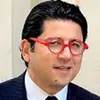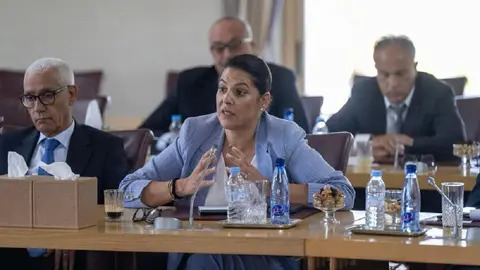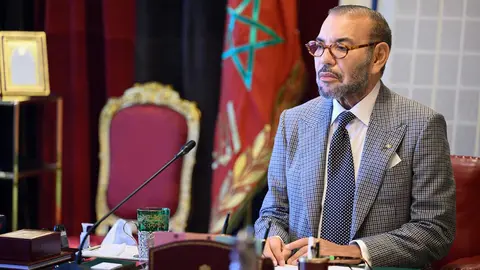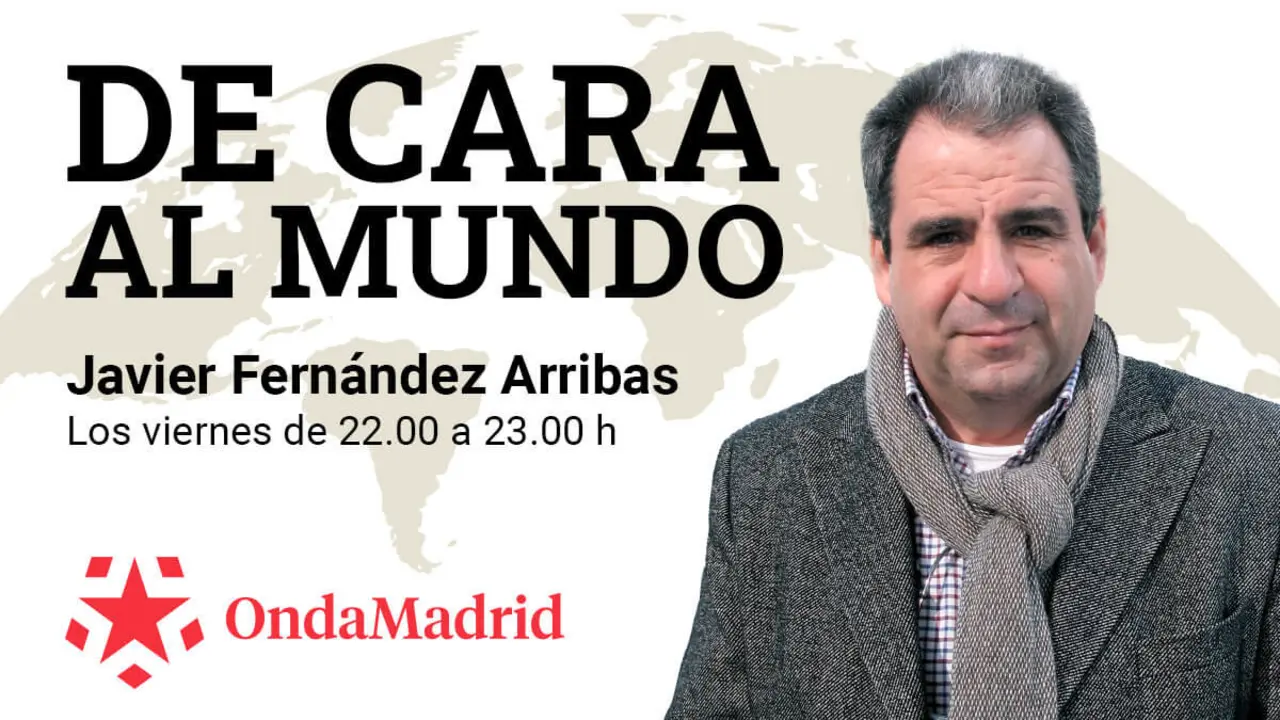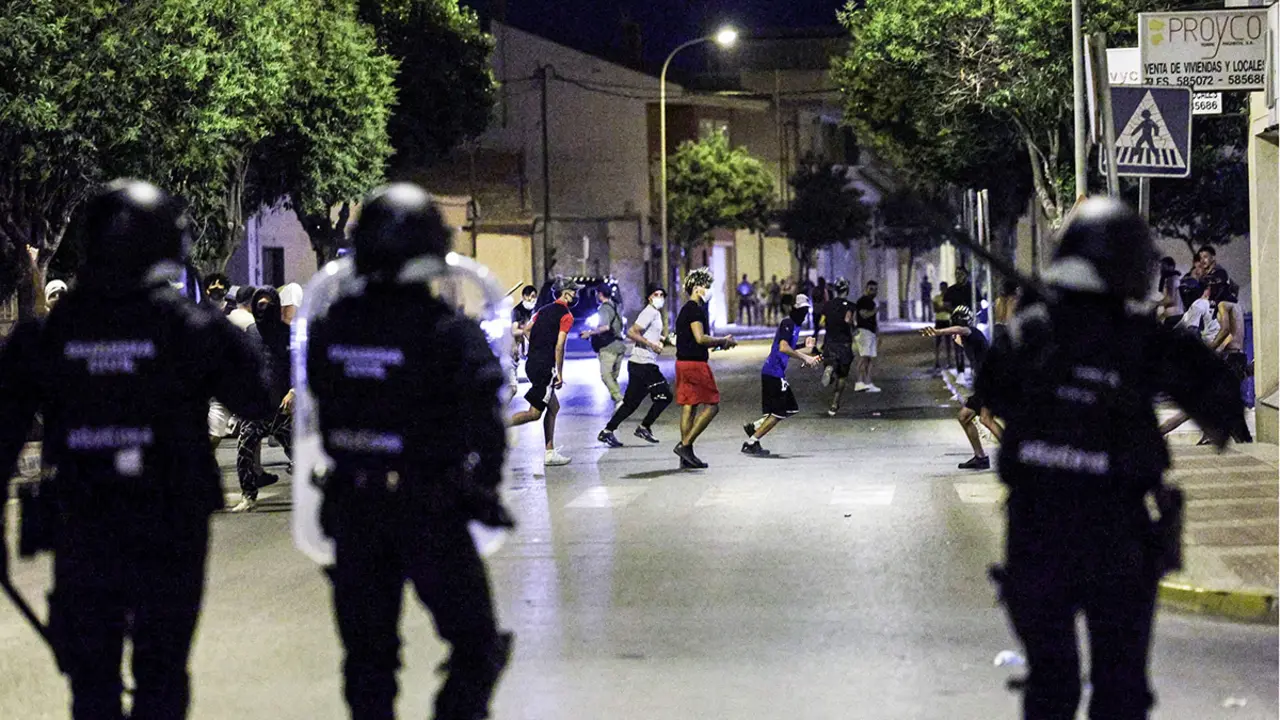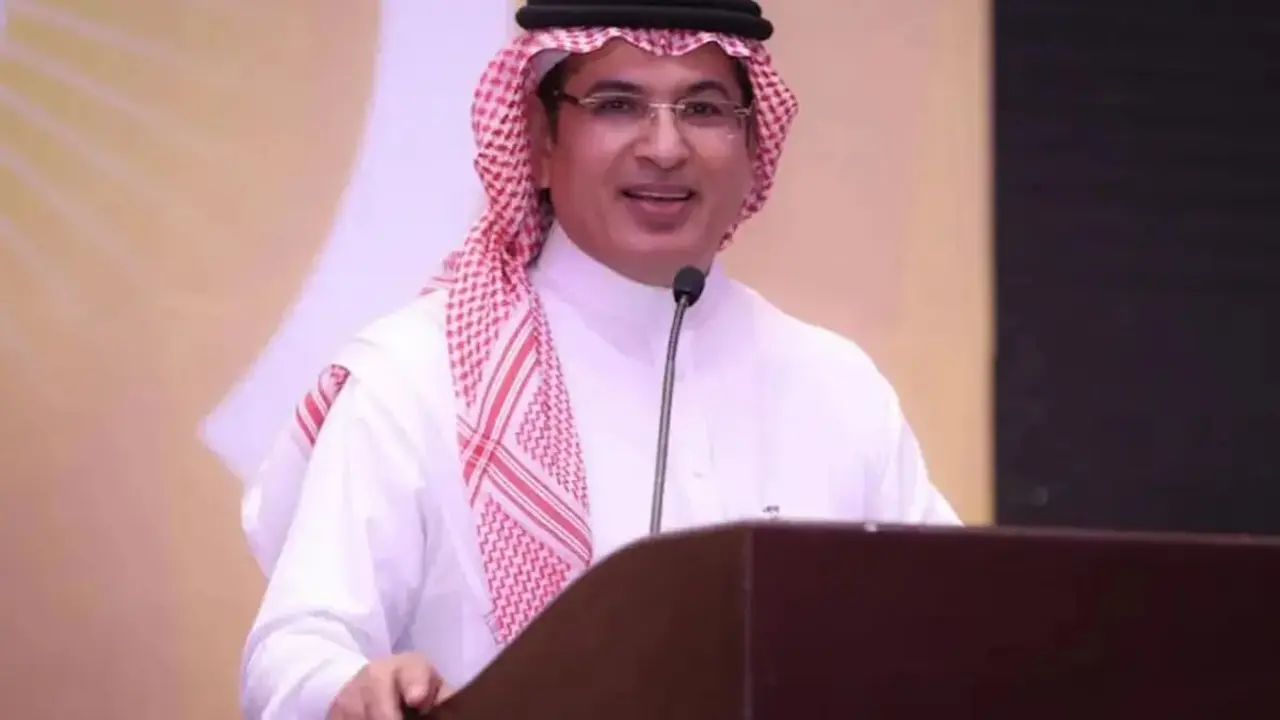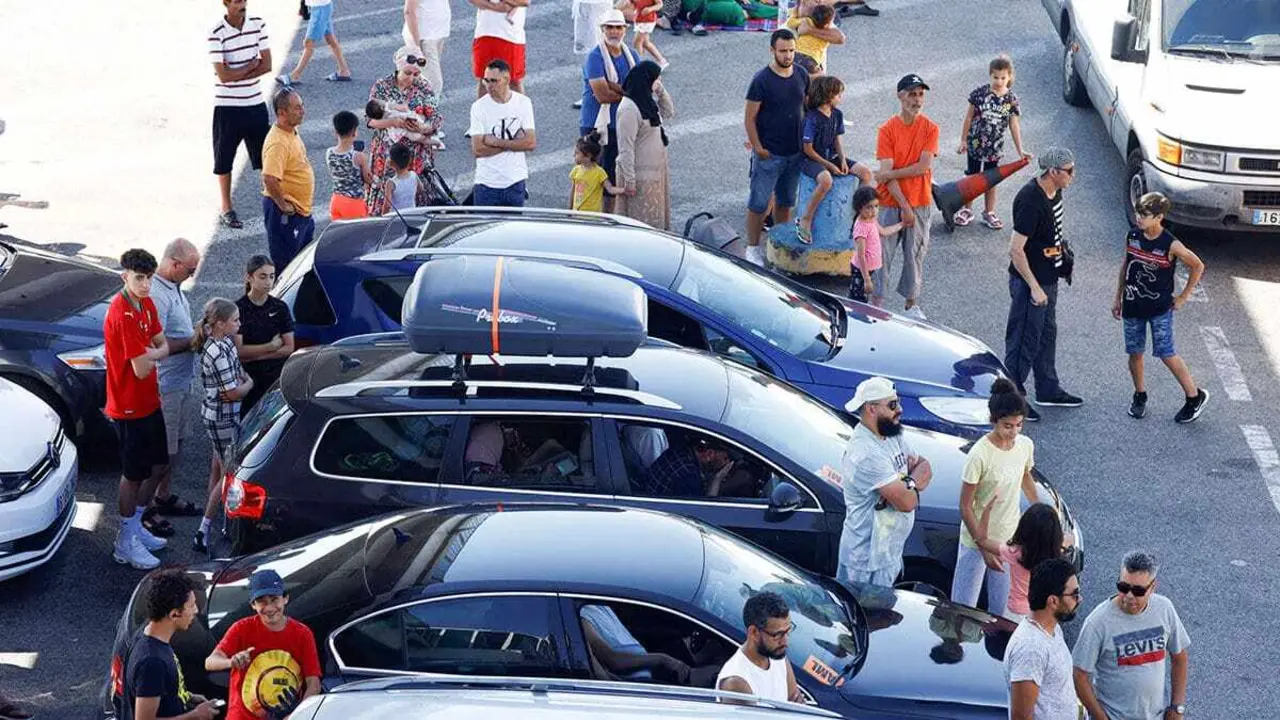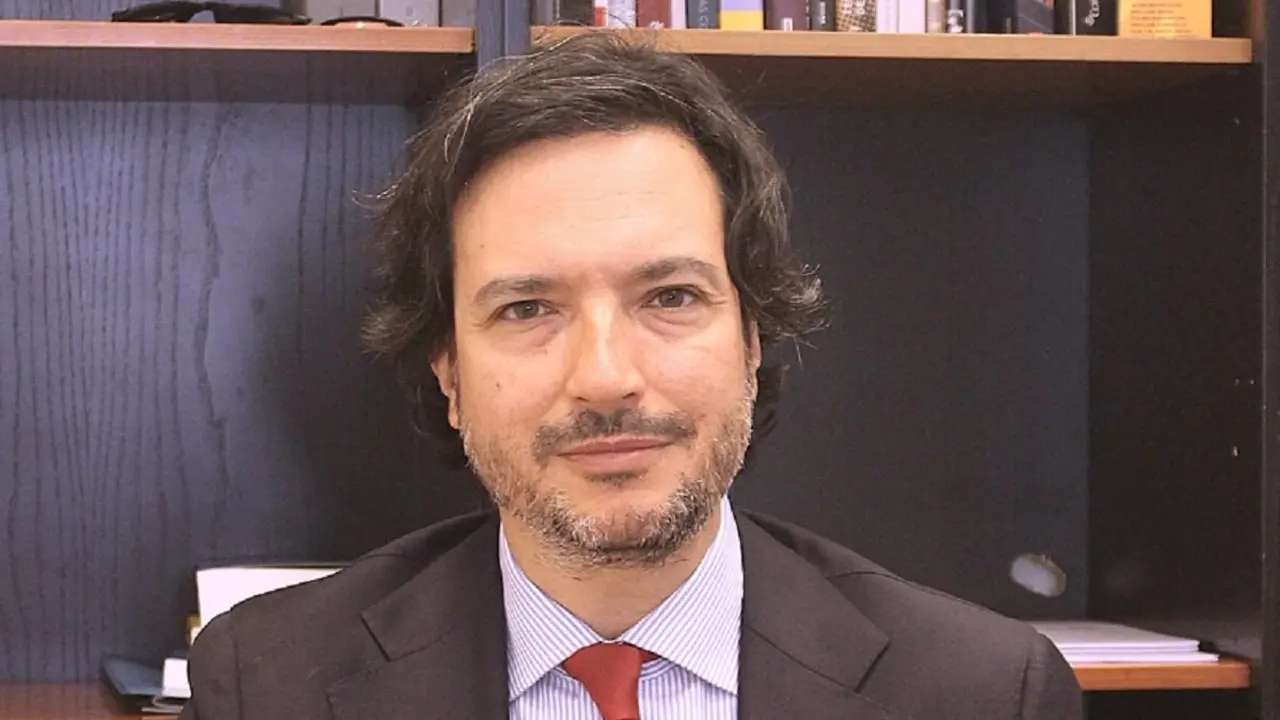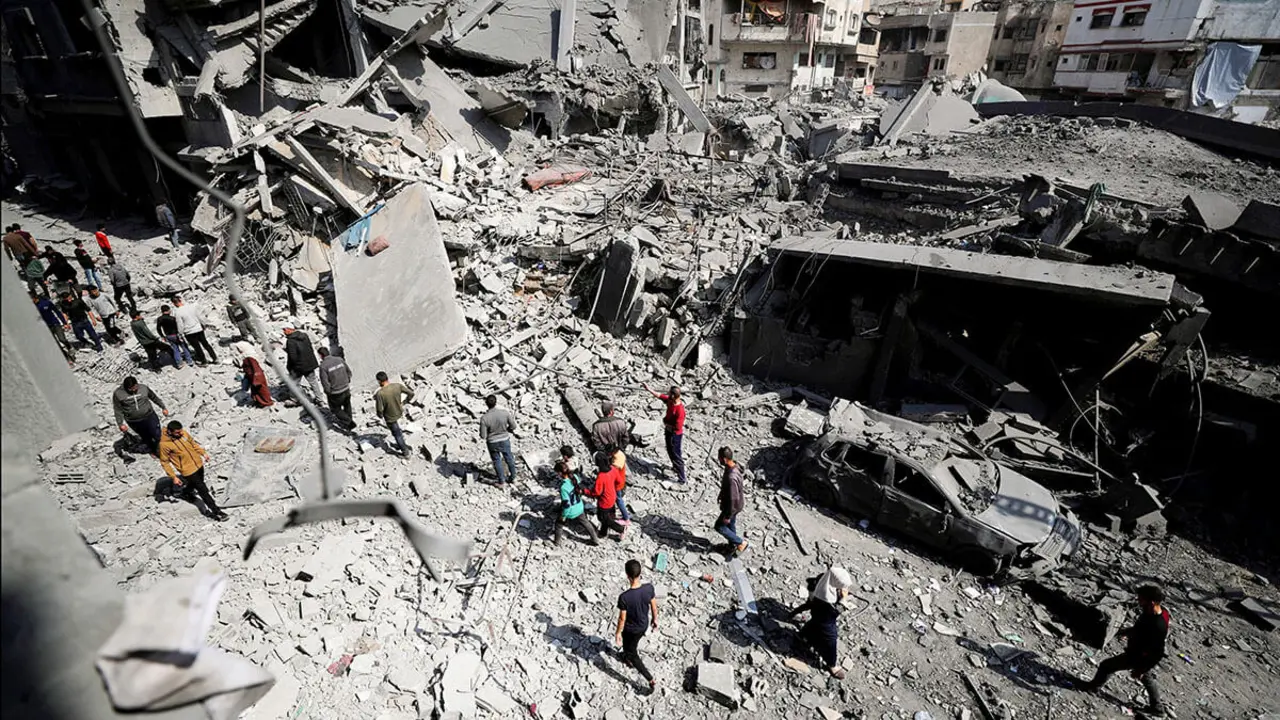The Quiet Social Engineering of Morocco's Indigenous Identity
How Six Decades of Language Policy Transformed an Amazigh/Berber Nation into an Arab One
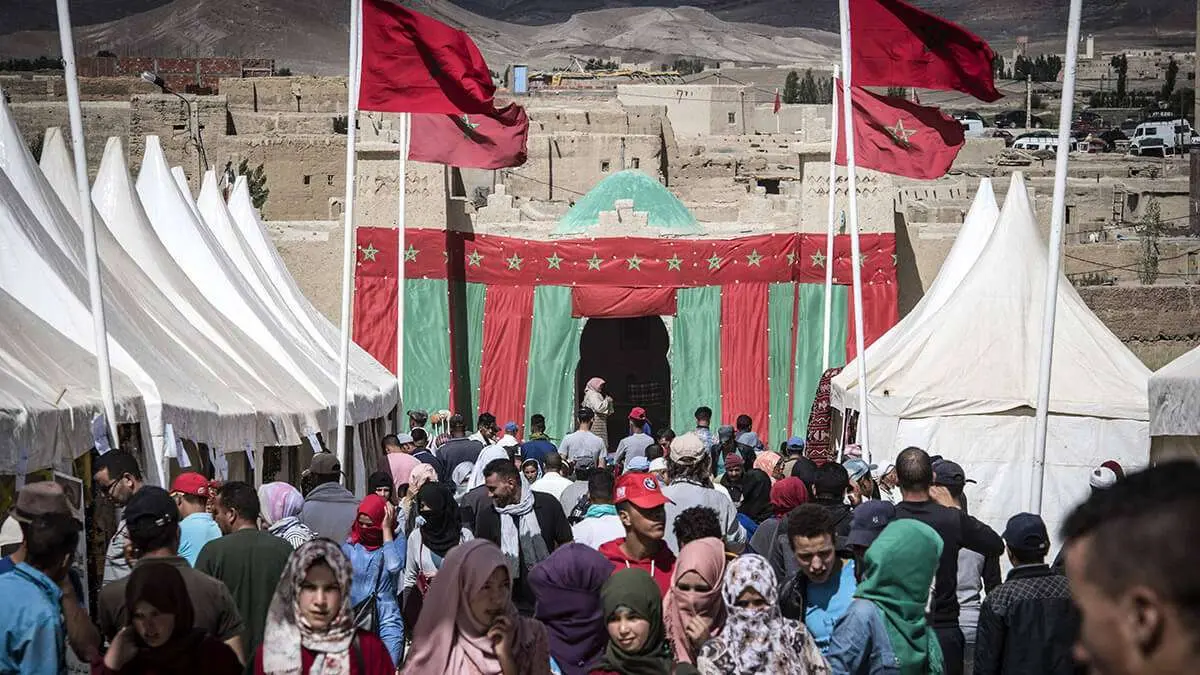
- The Imperial Origins of Arab Nationalism
- The Machinery of Transformation
- Educational Revolution
- Media Transformation
- Administrative Arabisation
- The Tifinagh Snare La trampa de la utilización de la ortografía
- The Demographic Transformation
- The Regional Dimension
- The Institutional Response
- Digital Resistance and Diaspora Influence
- Lessons for the Post-Colonial World
- The Price of Success
Morocco's systematic Arabisation reveals the power and human cost of post-colonial cultural engineering.
In the ancient city of Fez, tourists marvel at the intricate tilework of the Bou Inania Madrasa, built in the 14th century by the Marinid dynasty. Their guides, speaking fluent Arabic to international visitors, rarely mention that the Marinids, like the Almoravids and Almohads before them, were Berber dynasties whose architectural legacy represents the pinnacle of indigenous North African civilisation. This omission reflects one of the most successful yet underexamined transformations in the post-colonial world:
Morocco's systematic conversion from a predominantly Berber-speaking nation into an ostensibly Arab one.
When French consul Louis de Chénier documented Moroccan society in 1787, he observed that Berber languages predominated in rural areas whilst Arabic remained confined to urban elites and religious contexts. Nearly two centuries later, a 1936 French census classified 60-70% of Moroccans as Berber-speaking. Yet by 2024, that figure had plummeted to just 18.9% a demographic transformation that represents one of the most dramatic linguistic shifts in modern history.
This wasn't the result of natural evolution or urbanisation. It was the product of deliberate policies designed to forge national unity through cultural homogenisation, implemented by a post-independence elite that viewed Morocco's indigenous diversity as an obstacle to Arab solidarity and regional integration.
The Imperial Origins of Arab Nationalism
To understand Morocco's transformation, one must first grasp the imperial origins of the Arab nationalism that shaped its post-independence trajectory. Far from being an authentic anti-colonial movement, Arab nationalism was deliberately cultivated by British intelligence during World War I as a tool to fragment the Ottoman Empire whilst maintaining Western influence over the Middle East.
T.E. Lawrence, the British officer who orchestrated much of the Arab Revolt, explicitly acknowledged this strategy in his correspondence, noting that fragmented Arab states would be "harmless to ourselves." The Hussein-McMahon Correspondence of 1915-1916 promised Arab independence in exchange for revolt against the Ottomans, even as Britain was secretly negotiating the Sykes-Picot Agreement to divide the region with France.
This British-influenced Arab nationalist ideology subsequently spread to North Africa through young intellectuals who studied in Egypt and Syria during the interwar period. Morocco's Istiqlal (Independence) Party exemplified this transmission, with leaders returning from Arab countries imbued with pan-Arabist ideology that explicitly rejected indigenous Amazigh identity in favour of artificial Arab unity.
The party's 1944 Proclamation of Independence defined Morocco as part of the "Arab Maghreb," reflecting the influence of movements in Egypt and Syria, where many Istiqlal leaders had studied. As documented by Al Arabiya in 2011, party figures argued that regional languages should be discouraged in favour of Arabic unity, with some leaders calling for the elimination of Amazigh language and identity entirely.
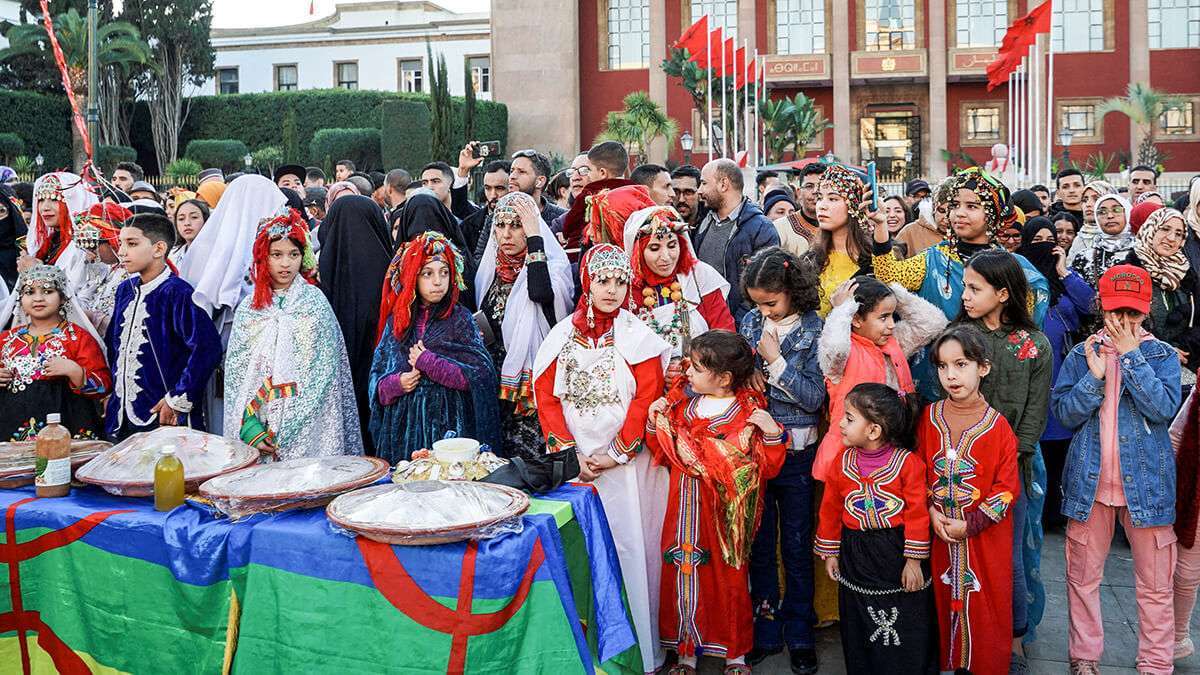
The Machinery of Transformation
Morocco's cultural engineering operated through three primary mechanisms: education, media, and administrative policy. Each reinforced the others in a comprehensive system designed to reshape national identity.
Educational Revolution
The most decisive intervention came during the 1980s, when Morocco systematically replaced French with Arabic as the primary language of instruction. Ministry of Education Circular No. 47 of March 1983 mandated Arabic instruction for all subjects except foreign languages, whilst Circular No. 52 specifically prohibited the use of regional languages in classroom instruction, even in areas where Amazigh speakers constituted the majority.
The impact was devastating for Berber-speaking communities. Research by Hassan II University found that Amazigh-speaking students experienced higher dropout rates and lower academic performance following the implementation of Arabic-medium instruction. The requirement to master Arabic before accessing educational content created systematic barriers to academic achievement.
Paradoxically, French was deliberately retained in higher education and technical fields, creating a complex linguistic hierarchy, as linguist Gilbert Grandguillaume described it. Students educated in Arabic-medium public schools faced barriers to accessing higher education in fields where French proficiency remained essential. The 2019 Language Alternation Policy, which mandates French instruction for science and technology subjects, reinforced this privileged position while providing no recognition for indigenous languages in technical education.
Media Transformation
The restructuring of Morocco's media landscape demonstrated the systematic nature of language policy implementation. The pre-independence television station TELMA, which began broadcasting in 1954 primarily in French, was systematically restructured to prioritise Arabic content.
The 1962 Broadcasting Law mandated that 70% of television programming be in Arabic, rising to 85% by 1980. The establishment of Radio-Télévision Marocaine as a state monopoly eliminated private broadcasting that might have provided an alternative linguistic representation.
When Tamazight television programming was finally launched in 2006, it was allocated limited time slots during off-peak hours and focused on folkloric content rather than news or contemporary cultural expression. Content restrictions prohibited news analysis, political commentary, or educational programming that might challenge official narratives.
Administrative Arabisation
Perhaps most symbolically, Morocco's administrative apparatus underwent comprehensive Arabisation. The 2000 vehicle registration reform introduced plates featuring Arabic script letters "ا, ر,ب", replacing numerical systems that had accommodated linguistic diversity. More significantly, the Ministry of Justice's 1965 decree mandated that all official documentation, legal proceedings, and administrative communications be conducted exclusively in Arabic.
This requirement created particular disadvantages for rural Amazigh communities with limited Arabic literacy, effectively excluding them from full participation in legal and administrative processes.
The Tifinagh Snare
When national and international pressure ultimately compelled Morocco to recognise Berber languages, the state's response exposed the sophistication of its cultural engineering. The 2003 decision to adopt the Tifinagh script for writing Amazigh languages was framed as a cultural revival and heritage preservation. In reality, this choice aimed to isolate Moroccan Berbers from their Algerian counterparts, who used Latin script for the extensive Kabyle literature and educational materials. By preventing cross-border linguistic collaboration, the Tifinagh decision reinforced the fragmentation that served both Moroccan and Algerian state interests.
The decision also created practical challenges for Amazigh education. Teachers needed extensive retraining, textbooks required complete revision, and digital systems struggled to accommodate the script. These "technical" obstacles offered convenient excuses for slow implementation whilst appearing to support indigenous rights.
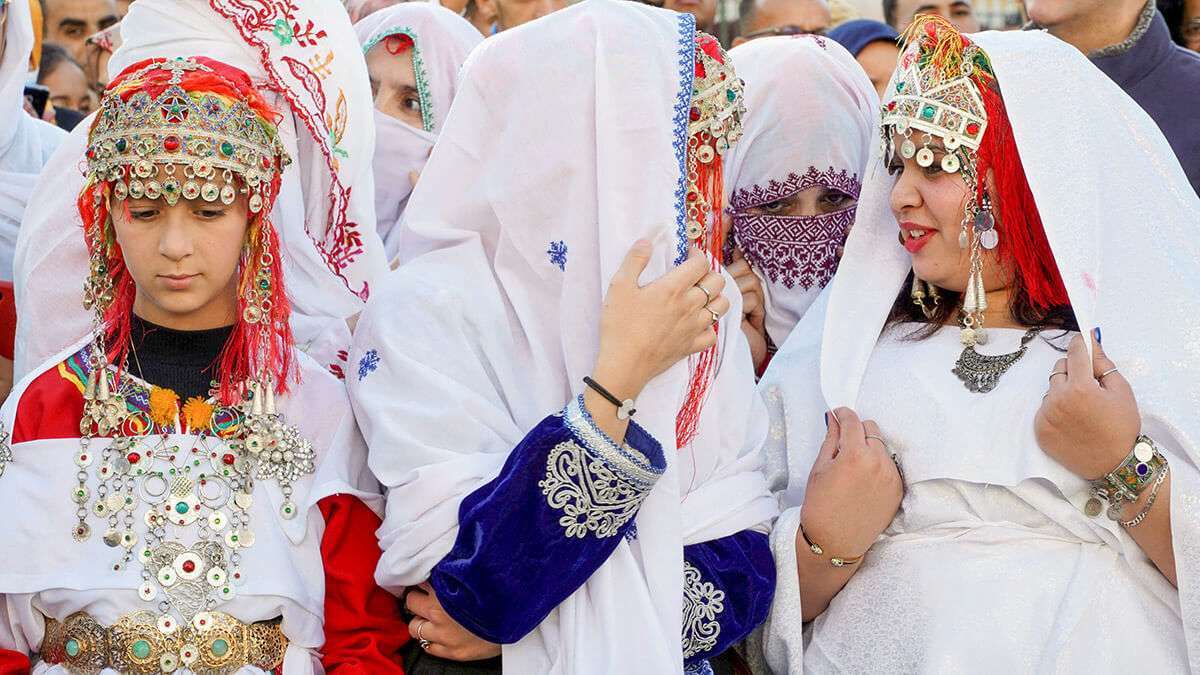
The Demographic Transformation
The success of Morocco's cultural engineering is evident in the demographic data. French administrator André Basset estimated in 1952 that a "small majority" of Moroccans spoke Berber languages. The 1960 census recorded 34% as Berber speakers.
A 1973 CIA report corroborated French colonial findings that 60-70% of Moroccans were Berber-speaking. By 2024, that figure had fallen to 18.9%—a decline of nearly 45% over six decades.
This transformation is particularly striking in urban areas. Casablanca-Settat, Morocco's economic heartland, now records only 3.6% native Berber speakers. Even traditionally Berber regions show a dramatic decline: Souss-Massa has fallen from an estimated 80% Berber speakers in 1960 to 56.4% today.
Perhaps most notably, only 1.5% of Moroccans can read and write in Berber languages, compared to 99.2% in Arabic. This literacy gap means that even where Berber languages are spoken orally, they cannot serve as a medium for modern education, commerce, or governance.
The Regional Dimension
Morocco's Arabisation campaign must be understood within its broader geopolitical context, particularly the kingdom's painful exclusion from European integration. In 1987, King Hassan II formally applied for Morocco to join the European Economic Community, despite having received informal rejections two years earlier. The application reflected deep anxiety about economic marginalisation following Spain and Portugal's accession to the EEC in 1986, as Morocco feared losing its agricultural export markets to newly admitted Iberian competitors.
The swift rejection because Morocco was not considered a "European country" under the Treaty of Rome's geographic criteria proved a humiliating rebuff. Here was a kingdom that shared the Strait of Gibraltar with Spain, had centuries of historical ties with Europe, and considered itself culturally sophisticated—yet found itself definitively excluded from the prosperous European club that welcomed its immediate neighbours.
This European rejection became a catalyst for Morocco's intensified embrace of Arab nationalism. Faced with exclusion from Europe despite geographic proximity and historical connections, Hassan II's government accelerated its turn toward Arab identity as an alternative path to regional integration and international legitimacy. The sting of European rejection thus transformed a geopolitical disappointment into a cultural revolution, as Morocco sought belonging within the Arab world after being shut out of Europe.
Morocco's Arabisation campaign must be understood within its broader geopolitical context. The kingdom's embrace of Arab identity facilitated integration with oil-rich Gulf states, provided ideological cover for territorial claims in Western Sahara, and positioned Morocco as a bridge between Africa and the Arab world.
This strategy proved economically successful. Morocco became a favoured destination for Gulf investment, whilst its Arabic-speaking workforce found opportunities throughout the Middle East. The kingdom's cultural transformation enabled it to punch above its weight in Arab League politics.
Yet this success came at an enormous cost. Morocco's indigenous communities found themselves increasingly marginalised in their own country, their languages relegated to domestic use whilst their cultural practices were folklorised for tourist consumption. The intellectual traditions of Berber civilisation, which had produced empires that once dominated North Africa and Iberia, were reduced to museum pieces.
The Institutional Response
The 2011 constitutional amendment recognising Amazigh as a "national language" represented the most significant formal recognition of Berber rights in Moroccan history. However, practical implementation has been limited. Research by Transparency Morocco found that Amazigh languages remain largely excluded from official government communications, legal proceedings, and administrative functions.
The establishment of the Royal Institute of Amazigh Culture (IRCAM) in 2001, with funding exceeding $100 million, focused on research, standardisation, and cultural promotion. However, the Institute's emphasis on folkloric aspects rather than political or administrative recognition has led activists to view it as measured accommodation rather than genuine empowerment.
IRCAM's approach to Morocco's Amazigh languages, treating Tarifit, Tashelhit, and Tamazight as separate languages rather than dialects of a common family, potentially reinforces regional divisions rather than promoting broader Amazigh unity.
This fragmentation may reflect deliberate policy choices designed to prevent the emergence of a unified indigenous political movement.
Digital Resistance and Diaspora Influence
Despite systematic marginalisation, Amazigh communities have found new avenues for cultural expression through digital technologies. Social media platforms have enabled the creation of Amazigh-language content that reaches both domestic and diaspora audiences, bypassing traditional media restrictions.
Moroccan Amazigh diaspora communities in Europe and North America have played increasingly important roles in supporting domestic language rights movements, providing funding, technical expertise, and international advocacy. These transnational networks have facilitated connections with other indigenous rights movements globally, creating new forms of solidarity that transcend state boundaries.
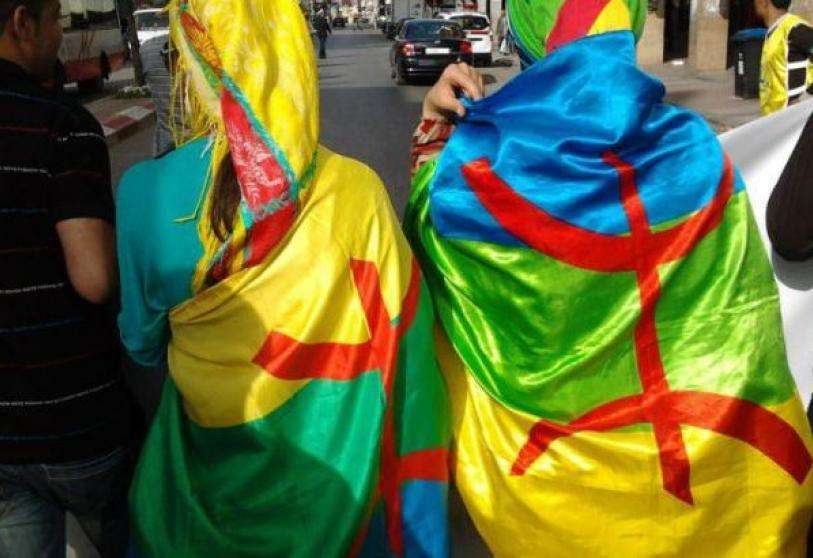
Lessons for the Post-Colonial World
Morocco's experience offers sobering lessons about the mechanics of cultural transformation in the post-colonial era. The kingdom's success in reshaping its national identity demonstrates that states possess formidable tools for social engineering, but also reveals the human cost of such projects.
The Moroccan case challenges conventional narratives about decolonisation. Rather than representing a clean break with colonial rule, Morocco's Arabisation campaign continued an ideologically motivated project through different means. French cultural influence was replaced not by indigenous revival, but by a different form of external cultural hegemony—one that proved more effective because it appeared authentically "native."
This pattern extends beyond Morocco. Across the post-colonial world, newly independent states have often pursued cultural homogenisation in the name of national unity, systematically marginalising indigenous minorities in favour of dominant groups. The results have been remarkably consistent: short-term political consolidation achieved through long-term cultural impoverishment.
The Price of Success
Today, Morocco stands as a testament to the power of state-led cultural engineering. The kingdom has successfully transformed itself from a predominantly Berber nation into an ostensibly Arab one, achieving the political integration and regional influence that its post-independence leaders sought.
Yet this success raises uncomfortable questions about the nature of national identity and indigenous rights. Morocco's Berber communities, descendants of the civilisations that built Fez and Marrakech, controlled trans-Saharan trade routes, and created architectural marvels that attract millions of tourists, now find themselves strangers in their ancestral homeland.
As the final lines of the academic research note, "Replacing Moroccan identity has directly impacted national interests and foreign policies. Minimising the true history of Morocco's Amazigh imperial past confuses Moroccan nationals about the kingdom's heritage and splits their allegiance toward foreign ideologies introduced by a post-colonial ideologically influenced political elite."
The kingdom's experience suggests that cultural diversity and political unity need not be mutually exclusive, but achieving this balance requires leaders willing to embrace complexity rather than impose simplicity. Morocco chose the path of homogenisation, and whilst this strategy delivered short-term political gains, its long-term consequences for national cohesion and authentic identity remain to be seen.
As other nations grapple with questions of identity and belonging in an increasingly interconnected world, Morocco's quiet cultural revolution offers both a cautionary tale and a reminder of the state's awesome power to reshape the societies it governs. The question is whether future generations will judge this transformation as necessary modernisation or as one of the post-colonial era's most successful acts of cultural erasure.
Jalal Nali is a multilingual Author and expert in public diplomacy strategies and communication, known for his academic contributions in management, security, and the novel concept of Convergent Diplomacy.
Source research article: (1) Arabic Social Engineering and Cultural Identity in Post-Independence Morocco: An Analysis of Arabisation and its Impact on Moroccan Communities

